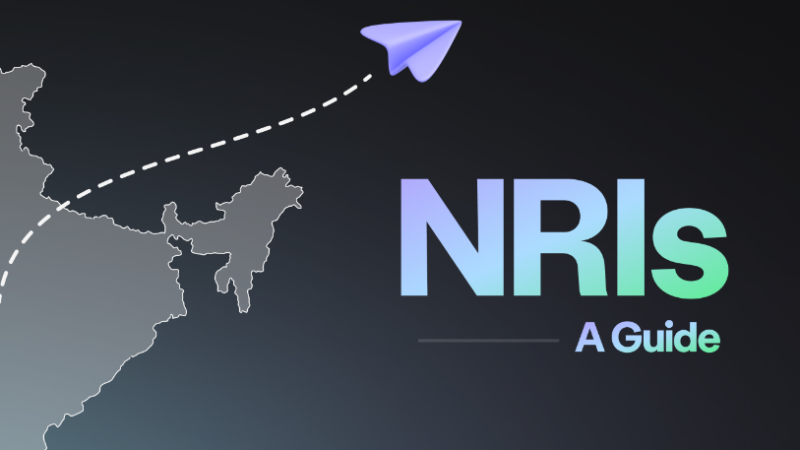Decoding “SMH” in Text Messages: Unveiling the Meaning Behind the Acronym

In the ever-evolving landscape of digital communication, abbreviations and acronyms have become an integral part of our daily conversations. Among the myriad of shorthand expressions, “SMH” has gained popularity, leaving many wondering about what does smh mean in a text message its meaning and usage. In this article, we’ll delve into the depths of “SMH,” unraveling its origins, interpretations, and how it has become a staple in the language of text messages.
Understanding the Acronym:
“SMH” stands for “shaking my head.” It is an internet slang expression used to convey disbelief, disapproval, disappointment, or frustration. When someone uses “SMH” in a text message, they are typically expressing a reaction to something they find absurd, ridiculous, or worthy of criticism.
Origins and Evolution:
The origins of “SMH” can be traced back to online forums and chat rooms, where users sought to streamline their communication. As texting and social media platforms gained popularity, the acronym seamlessly transitioned into mainstream digital conversations. Its brevity and clarity allowed users to convey a complex emotional response with just three letters.
Usage in Context:
The versatility of “SMH” lies in its ability to convey a spectrum of emotions, often dependent on the context of the conversation. Here are some common scenarios where “SMH” might be used:
-
Disbelief or Disapproval:
- Example: “Just heard the latest gossip about Sarah. SMH, I can’t believe she did that.”
-
Frustration or Annoyance:
- Example: “Stuck in traffic again. SMH, this city’s traffic is unbearable.”
-
Perplexity or Confusion:
- Example: “The instructions for this assembly are so unclear. SMH, I can’t figure it out.”
-
Expressing Disappointment:
- Example: “Failed the exam after studying for weeks. SMH, I thought I was prepared.”
-
Reacting to Absurdity:
- Example: “Just saw a dog riding a skateboard. SMH, the things you see in the city.”
Social Dynamics of “SMH”:
Beyond its linguistic utility, “SMH” has become a social phenomenon, reflecting the collective reactions and attitudes of online communities. Its prevalence in digital discourse underscores the shared experiences and emotions of individuals navigating the complexities of the modern world.
-
Empathy and Solidarity:
- “SMH” can serve as a means of expressing empathy or solidarity with someone else’s predicament. It creates a sense of shared understanding in response to challenging or absurd situations.
-
Humor and Irony:
- In some instances, “SMH” is used to convey a lighthearted response to ironic or humorous situations. It adds a touch of sarcasm or playfulness to the conversation.
-
Cultural Influence:
- The use of “SMH” is not restricted by geographical boundaries or cultural differences. It has transcended linguistic barriers, becoming a universal expression of shared emotions in the digital age.
Conclusion:
“SMH” has emerged as a linguistic powerhouse, encapsulating a myriad of emotions within its three-letter structure. As our modes of communication continue to evolve, so too will the expressions we use to navigate the nuances of human interaction. The widespread adoption of “SMH” reflects not only the efficiency of internet slang but also the collective desire to connect and share our experiences in an ever-connected world. So the next time you encounter “SMH” in a text message, remember that it’s more than just an acronym – it’s a gateway to a shared language of emotions in the digital realm.
-
What does “SMH” stand for in a text message?
- “SMH” stands for “shaking my head.” It is an acronym commonly used in text messages and online communication to express disbelief, disapproval, frustration, or disappointment.
-
When is “SMH” typically used in a text message?
- “SMH” is often used in response to something perceived as absurd, ridiculous, or disappointing. It can convey a range of emotions, including disbelief, frustration, or disapproval.
-
Can “SMH” have different meanings in various contexts?
- Yes, the meaning of “SMH” can vary based on the context of the conversation. It is a versatile acronym used to express different emotions such as disbelief, annoyance, confusion, or disappointment, depending on the situation.
-
Where did the term “SMH” originate?
- The term “SMH” has its roots in online forums and chat rooms, where users sought to streamline communication by using abbreviations and acronyms. As texting and social media became more prevalent, “SMH” seamlessly transitioned into mainstream digital communication.
-
Is “SMH” only used in English-speaking regions?
- No, “SMH” has transcended linguistic and geographical boundaries. It is widely used in digital communication across various cultures and languages as a universal expression of shared emotions.
-
What emotions does “SMH” convey?
- “SMH” can convey a range of emotions, including disbelief, disapproval, frustration, confusion, and disappointment. Its usage depends on the speaker’s reaction to a particular situation or statement.
-
Are there variations or similar acronyms to “SMH”?
- Yes, there are similar acronyms, such as “SMHID” (shaking my head in disbelief) or “SMHL” (shaking my head laughing), which provide additional context to the emotion being expressed.
-
Can “SMH” be used humorously?
- Absolutely. “SMH” is versatile and can be used in a humorous context to convey irony or to playfully express disbelief. It adds a touch of sarcasm or levity to the conversation.
-
Does the use of “SMH” vary between age groups?
- While “SMH” is widely used across age groups, younger individuals and those more immersed in digital communication tend to use it more frequently. However, its usage is not limited to any specific age demographic.
-
Are there alternative ways to express the same sentiment as “SMH”?
- Yes, there are alternative expressions, such as “facepalm” or “can’t believe it,” that convey similar sentiments of disbelief, disapproval, or frustration. However, each expression may carry slightly different nuances.
Understanding the meaning of “SMH” enhances one’s ability to interpret digital communication effectively, fostering better understanding in the dynamic landscape of online conversations.






